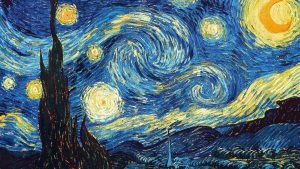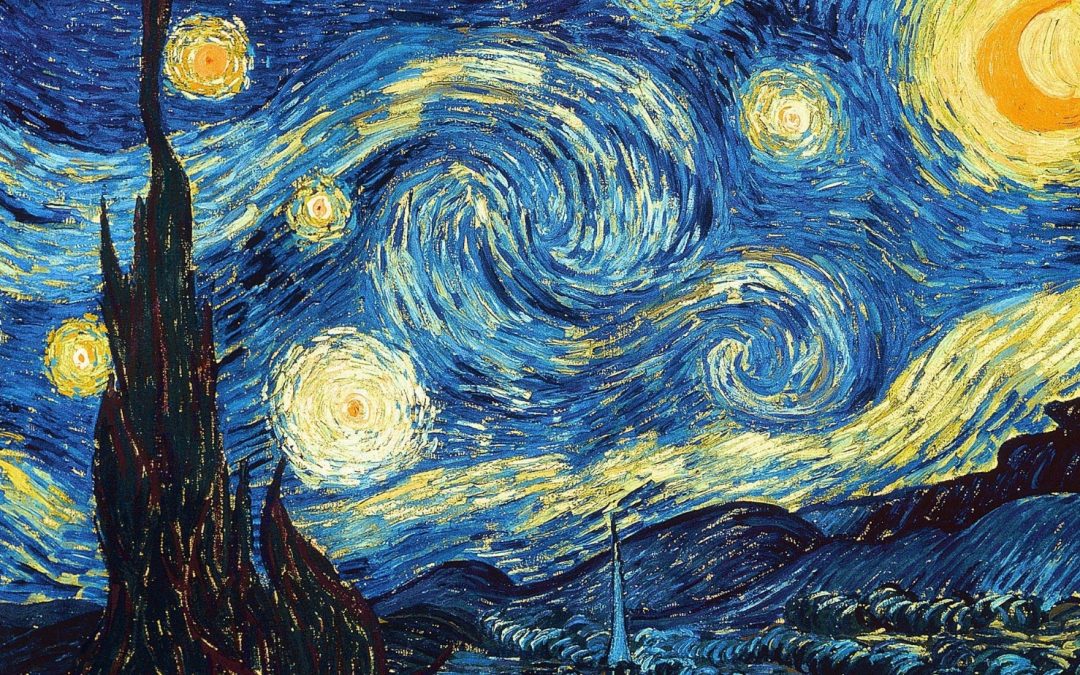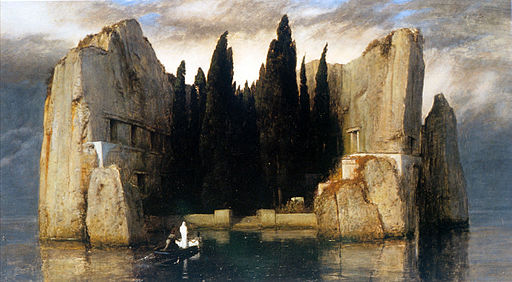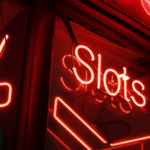Inspiration, where does it come from? If you asked a musician, I’m positive that you would get a wide variety of different answers.
There is no definitive answer to that question. For many artists, life experience is a major source. For some, it could be a movie they watched, a city they visited, a book they’ve read, you get the picture. Speaking of pictures, and more specifically paintings, for many classical composers, it is art itself, existing in different forms that have been the driving force behind an epic concerto, cadenza, or sonata. With this in mind, here is a list of remarkable artworks that have inspired classical Music.

“De sterrennacht (The Starry Night)” by Vincent Van Gogh
“De sterrennacht (The Starry Night)” by Vincent Van Gogh
This outstanding masterpiece was part of the night sky’s dark theme that Vincent Van Gogh often painted in the late 1880s, predicting what is about to come. “Starry Night over the Rhone” and “Cafe Terrace at Night “were the early predecessors to one of the most famous paintings of the post-impressionist era. The scene from “The Starry Night” displayed a panorama of Saint-Rémy-de-Provence, viewed from Van Gogh’s room at Saint-Paul Asylum in France. This painting inspired French composer Henri Dutilleux, who did orchestral work “Timbre, Space, Movement,” which is subtitled “La Nuit etoile” or “The Starry Night” after this painting. Finish composer Einojuhani Rautavaara fount the same inspiration for an opera he wrote about Van Gogh’s life, Vincent.
“La Primavera” by Sandro Botticelli
“La Primavera” is one of the most famous paintings made by Botticelli. This early Renaissance work spotlights mythological figures like Venus, Mercury, Flora, and Cupid, with the central theme of the artwork being fertility and marriage. This painting served as an inspiration to Ottorino Respighi to produce an orchestral piece in three movements called “Trittico botticelliano” (Boticelli Triptych). He dedicated his symphonic work to Elizabeth Coolidge, a pianist, and patron.
“The Macabre Dance” or “Triumph of death by Giacomo Borlone
This work carries a medieval symbolic theme of the all-conquering power of death. This theme has been expressed in visual arts, drama, poetry, and Music of the late Middle Ages’ Western Europe. The artwork made by Giacomo Borlone was the motivation for the composition “Danse Macabre,” created by French composer Camille Saint-Saens. The mysterious masterpiece was first performed in 1875 and is known as one of this composer’s best works.
“The Great Wave off Kanagawa” by Hokusai
Probably the most iconic piece of Japanese art, it’s part of a large series of paintings focused on Japan’s highest mountain, Fuji. This masterpiece is a woodblock print made by Hokusai, known as one of the top names of the Japanese art genre called ukiyo-e from the Edo era (17th to 19th century). In this fantastic work, Mount Fuji is transferred to the background, while the massive ocean waves are featured on the forefront. Well-known French composer Claude Debussy incorporated Eastern influences in some of his pieces, which wasn’t very typical in western compositions. This painting inspired him to compose the orchestral work “La Mer,” which he wrote between 1903 and 1905.
“Die Toteninsel” or “Isle of the Dead” by Arnold Böcklin
Arnold Böcklin is considered one of the prominent visual Symbolism names during the late 19th century. His most famous artwork features a lonesome rocky islet, a row of cypress trees, a coffin being transported by a small rowboat, and a mourning figure all dressed up in white. This artwork has been an inspiration for various other works of art, such as other paintings, literary works, films, television series, plays, and Music. Probably the most known work inspired by “Die Toteninsel” is the grievous and ominous symphony “Isle of the dead” made by Sergei Rachmaninoff. Interestingly enough, Rachmaninoff saw a black and white reproduction of the painting, which served him as an inspiration, but when he later saw the original color painting, he was disappointed. He even stated that he most likely wouldn’t have written the piece if he had seen the original painting.
“The Rake’s Progress” by William Hogarth
This is a series of paintings made in the 1700s by William Hogarth. This series tells us the story of Tom Rakewell, a young man who has inherited a huge wad of money and proceeds to blow it all on booze and gambling. Gradually, his life starts to fall apart, and in the end, he is lost in the madness at the Bethlem Royal Hospital. “The Rake’s Progress” inspired great composers Igor Stravinsky, Chester Kallman, and W.H. Auden, who collaborated to create the same-named opera. Igor Stravinsky has seen all eight paintings from the series by William Hogarth in a Chicago exhibition in 1947, which gave him the idea for the libretto.
Download classical music for studying free mp3
If you’re interested in listening to a bit of classical music yourself? Click here for 100 classical music songs you should know and can download…
Images
Sandro Botticelli, Public domain, via Wikimedia Commons
No machine-readable author provided. Paolo da Reggio~commonswiki assumed (based on copyright claims)., CC BY-SA 3.0, via Wikimedia Commons
Katsushika Hokusai, Public domain, via Wikimedia Commons
Arnold Böcklin, Public domain, via Wikimedia Commons
See page for author, CC BY 4.0, via Wikimedia Commons















